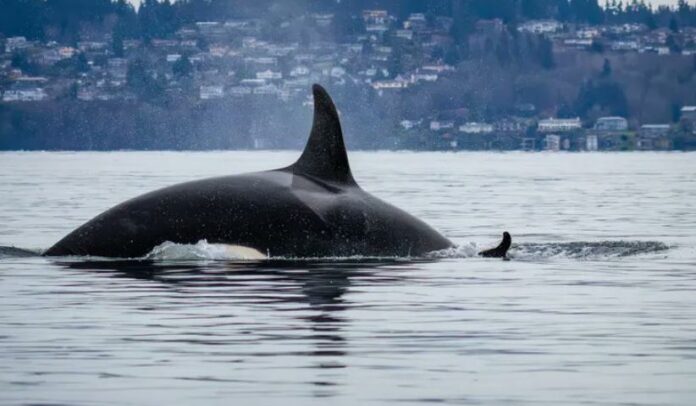Tahlequah, the orca who captured global attention in 2018 for her poignant display of grief while carrying her dead calf, has once again been observed in a similar act of mourning. The Center for Whale Research confirmed that since Christmas Eve, Tahlequah has been carrying her latest deceased newborn, highlighting the precarious situation of her species.
Known scientifically as J35, Tahlequah is part of the critically endangered southern resident orca population, which now numbers only 73. This recent loss brings into sharp focus the numerous threats these majestic animals face, including shortages of their primary prey – Chinook salmon, pollution, and the incessant noise from vessels that disrupts their communication and hunting patterns.

The survival rate for orca calves is alarmingly low, with experts estimating that only about 20% of pregnancies result in calves that survive their first year. This statistic underscores the urgent need for conservation efforts to protect these intelligent and social creatures from further decline.
The repeated tragedy of Tahlequah’s losses not only evokes sympathy but also serves as a poignant reminder of the broader environmental challenges facing marine life in the region. Calls for increased protection measures, improved habitat restoration, and stricter regulations on maritime traffic and pollution are growing louder in response to this latest heart-wrenching event.

- Tahlequah’s Grief: The orca known as J35 or Tahlequah is mourning another calf, carrying it since Christmas Eve.
- Endangered Status: Highlights the dire situation of the southern resident orcas, with only 73 individuals left.
- Threats: Orcas are challenged by prey shortages, pollution, and noise from boats.
- Low Survival Rate: Only 20% of orca pregnancies result in surviving calves, emphasizing conservation urgency.



